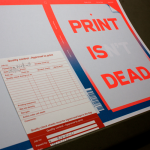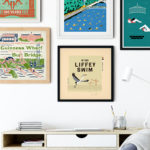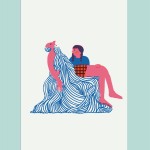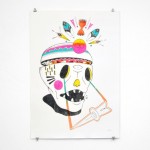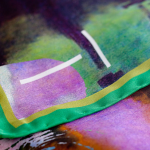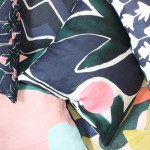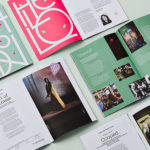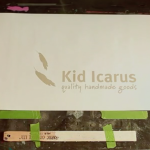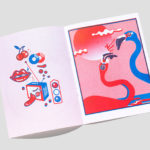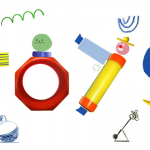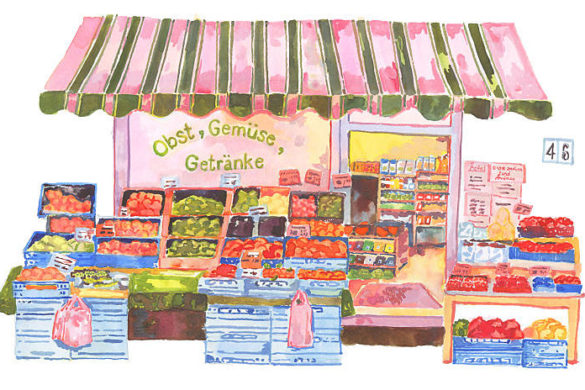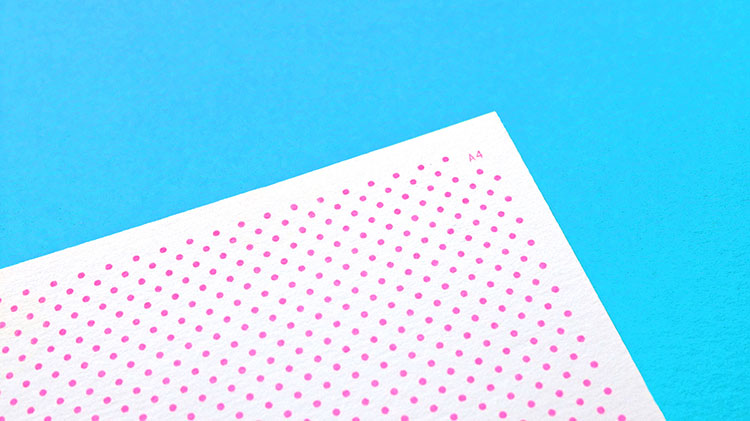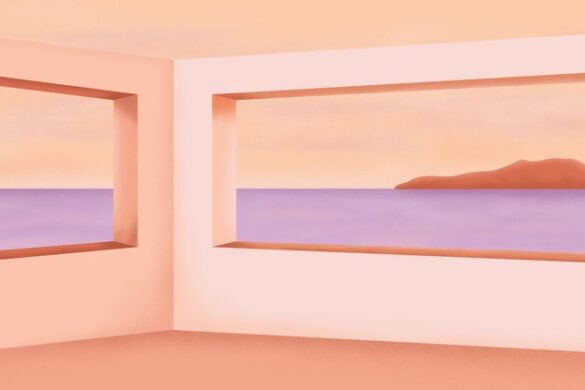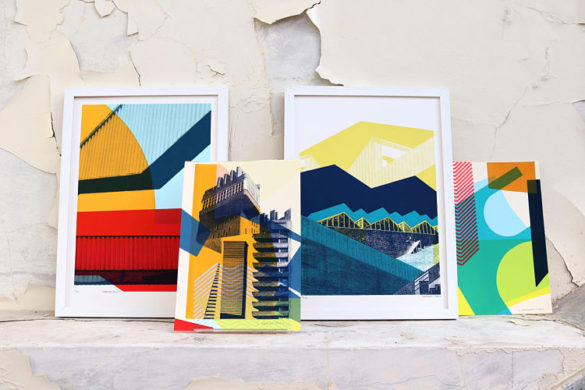It was a delight to stumble across the beautiful work from Rosie Moss. Midlands based designer Rosie hand dyes, prints and makes all of her textile products ranging from cushions to bags. We had a chat with Rosie to find out more about her experimental printing technique and daily tools of the trade.
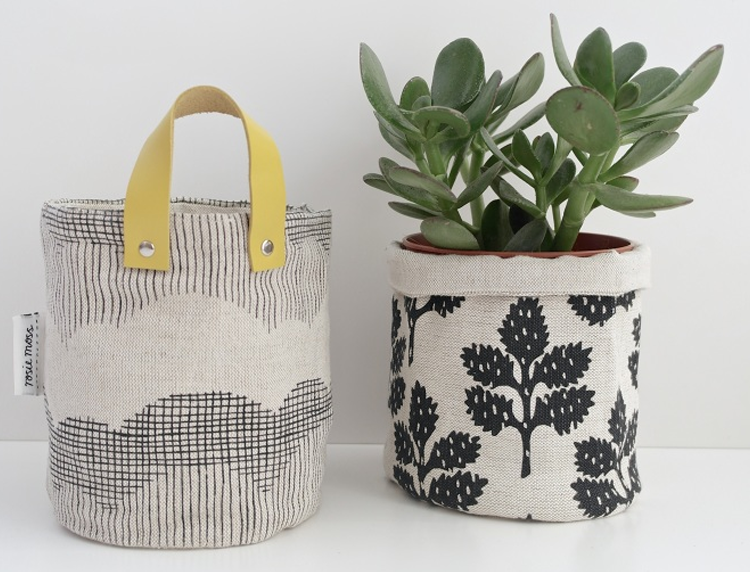
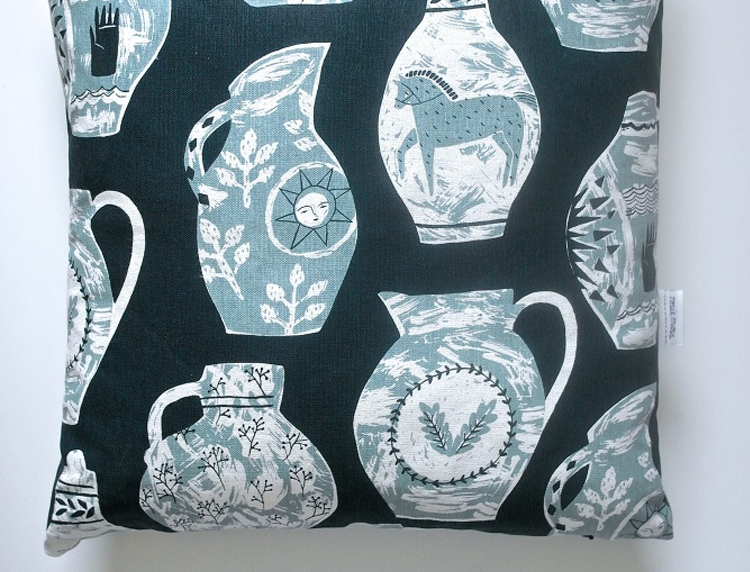
How did you find your passion for print and textile design?
I started printing whilst at university studying for my BA in Textiles. I had initially wanted to specialise in embroidery as I think it had been quite fashionable at the time, particularly in craft. But I soon discovered that I had a strong illustrative design signature and I felt most at home in the print room. I would often spend 12 hours a day in that print room, particularly in my final year.
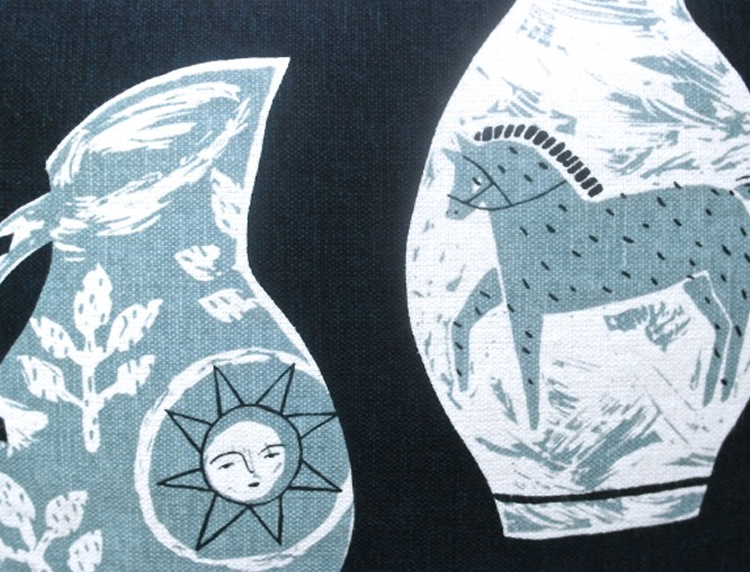
I do however feel that an interest in print and pattern was something that was instilled in me from a young age. When I was 7 my mum and I decorated my room floor to ceiling in a ‘sea life’ theme using starfish, shells and sea horse stencils that we had created (thanks, ‘Changing Rooms’), even the bed sheets were stenciled to match. It sounds really naff, but it was actually amazing.
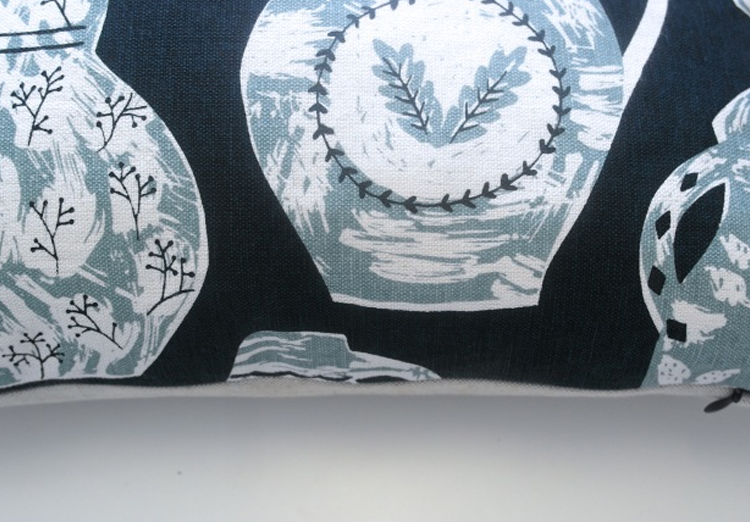
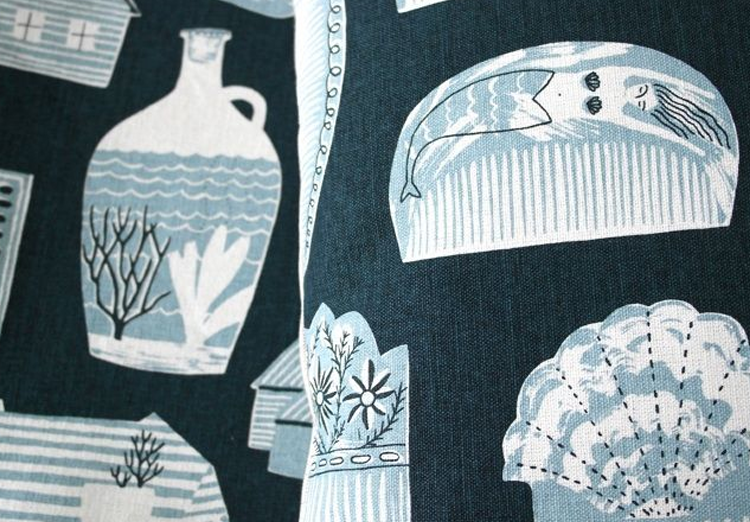
What inspires the design themes behind your work?
I draw my inspiration from various forms of vernacular arts and crafts. These are objects or artifacts that have been created out of necessity by an untrained eye such as everyday domestic items or architectural structures. It is the decoration however, that has then been applied to these objects greater than is necessary for their useful purpose that really interests me. The surface pattern can tell a story or simply demonstrate the love and pride of the maker. I love the use of simple forms and shapes and the naïve but emotive interpretation of people or animals.
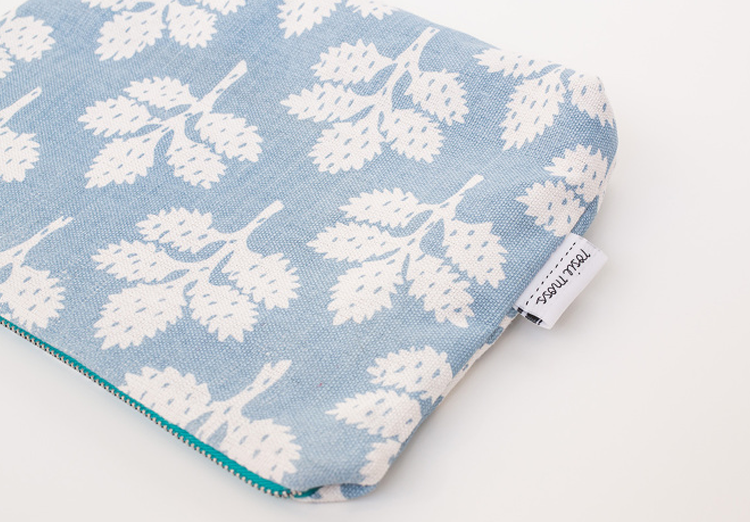
I am also heavily influenced by Mid-century Scandinavian designers such as Marimekko, Stig Lindberg and Olle Eksell. I like their playfulness and the way that they often created prints and surface designs that were never solely for adults, or just for children – but could be equally enjoyed by both. I think that this is something I consciously try to recreate in my own work.
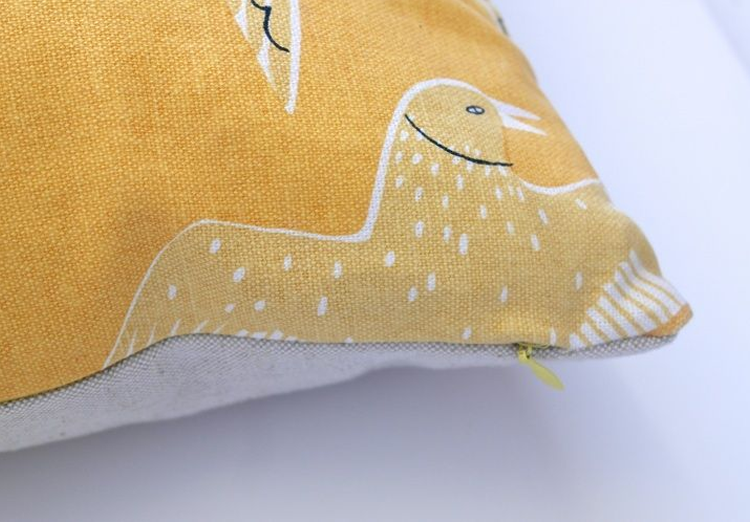
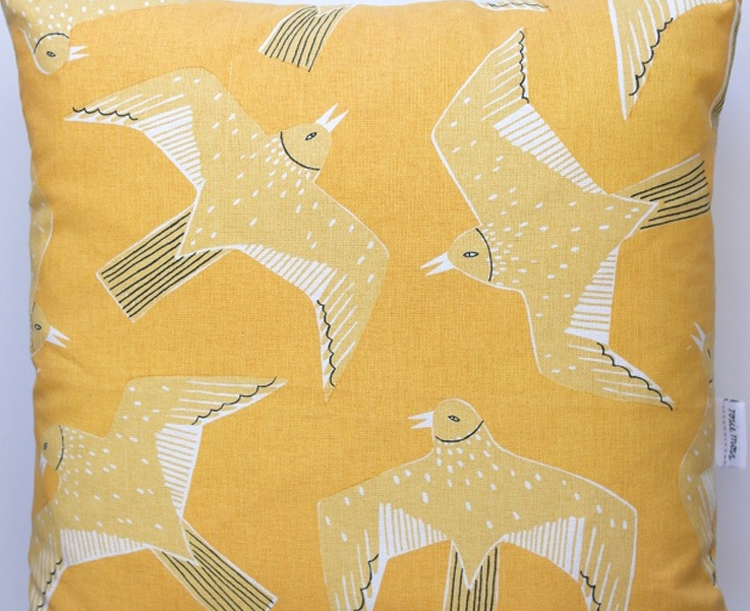
Why do you use screen printing as a medium of producing your design?
I really enjoy the limitations of screen printing; I feel that by being limited, it offers more chances to problem-solve and therefore allows me to be more creative. I also consider myself to be as much a crafts person as I am a designer. I have always been interested in the entire process of a product, from start to finish. Screen printing is such a simple and immediate technique and it’s so satisfying when you lift up that screen to see what you have created with your own hands – I don’t think I’ll ever get bored of it.
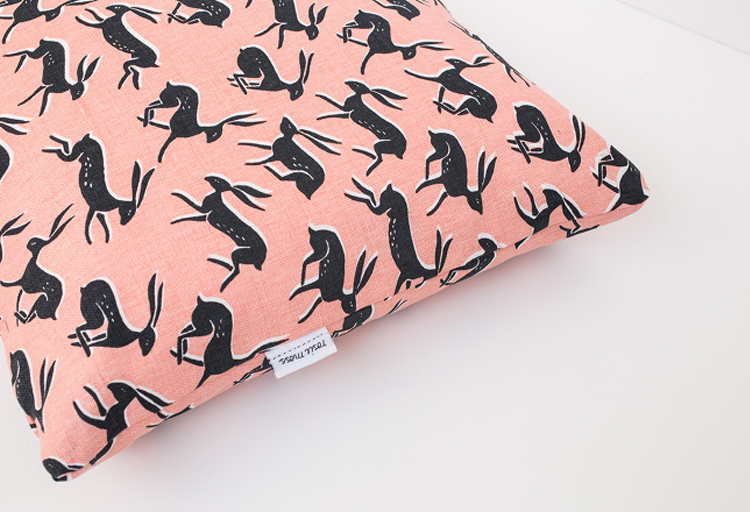
What are your essential daily items or tools of work when heading to your studio?
I work between two locations. My own studio, based in the Custard Factory, is my ‘clean space’ where I do all my design work, sewing and general day-to-day stuff, and I use a shared space to print which is just a short hop over the River Rea bridge. I am often seen carting a load of heavy screens from one location to the other, so I’d say my little trolley is pretty essential.
I am also quite particular about squeegees; I don’t like using any one else’s other than my own. I think you get used to the way they feel in your hands and if I use an alternative, the resulting print never seems quite as good.
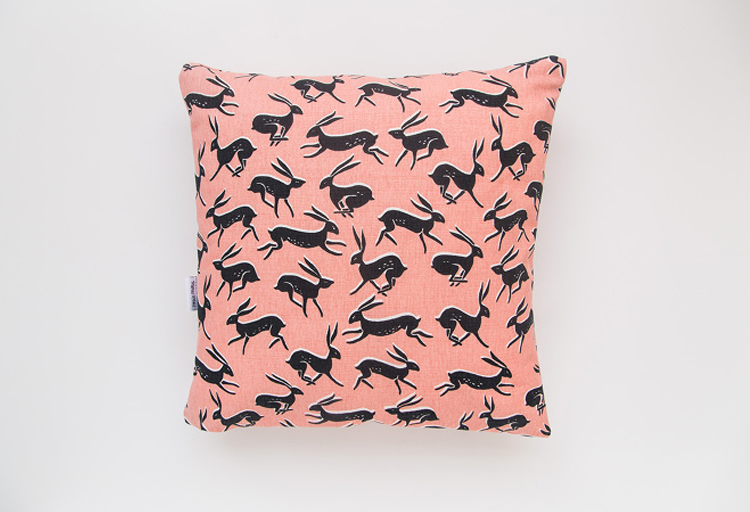
Your work is a experimental in its screen printing technique – could you describe a few methods of how you work?
I try to keep the steps between drafting out designs and the final print to a minimum as it helps to me feel more of a connection to the fabric. I may do this by hand painting my screen positives with Indian ink onto tracing paper and there by retaining some of the imperfections of the drawings. I only use the computer for more complex designs or to create repeats.
I have also recently started creating screen stencils by using liquid wax and screen filler to paint directly onto the mesh. It produces these really lovely marks and brush strokes, and you can’t erase any mistakes you might make, which is kind of thrilling!
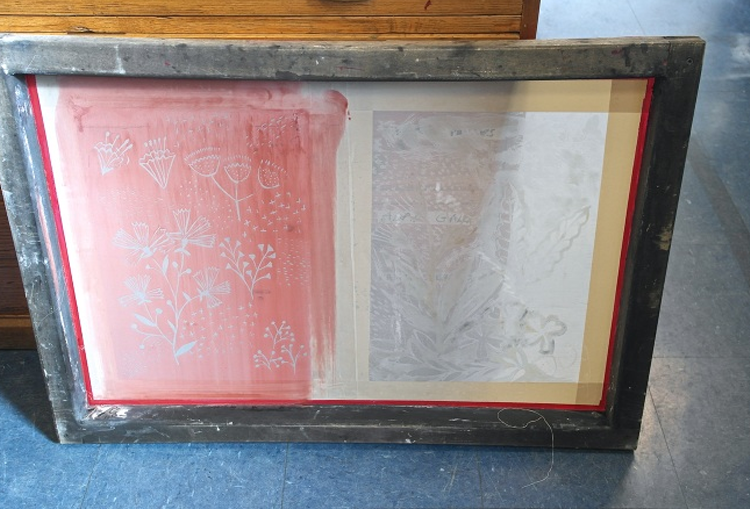
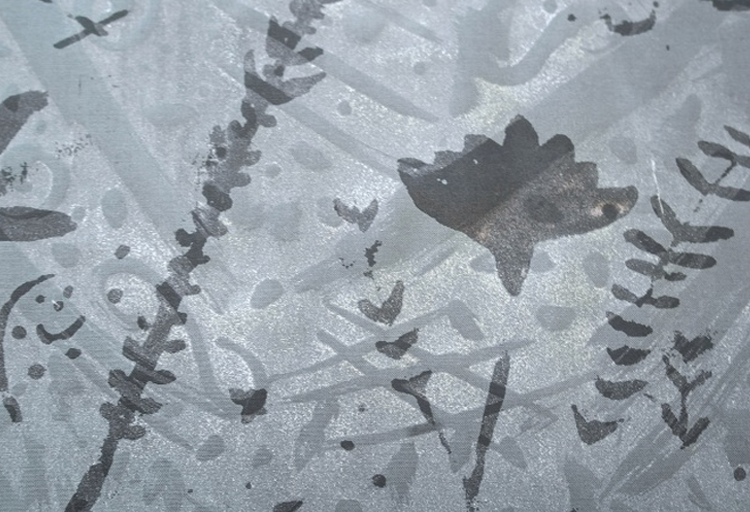
What’s next in line for your product range and what do you have planned for the near and distant future?
I am currently beginning to outsource some of my production by working with social enterprises close to my studio in Digbeth, Birmingham. I’m really excited by this as it means I’ll be further contributing to the creative engagement of the area, but also keeping the production within a 1/2 mile radius. It will also mean I can spend more of my time designing and expanding my product range which I have planned to include children’s wear for S/S next year. It’s a completely different venture for me, but one that feels like it fits well within my current range and aesthetic.
You might like...
- Amelia Graham | Interview - February 8, 2016
- Steffie Brocoli - December 21, 2015
- Hello!Lucky - October 8, 2015

